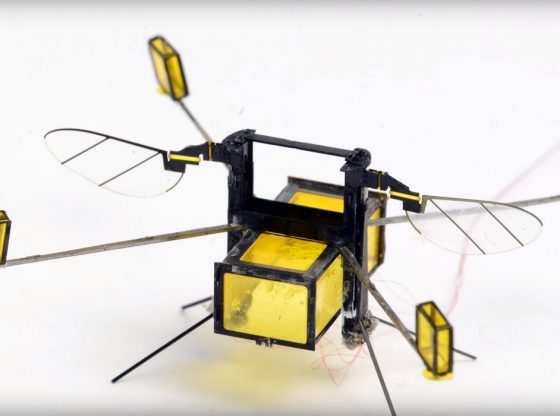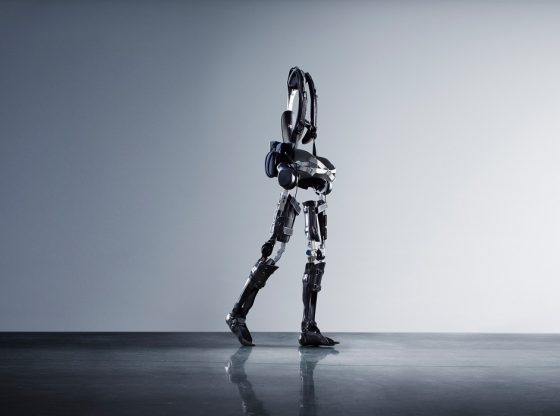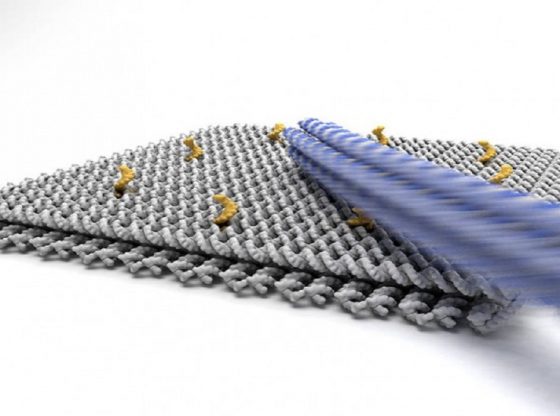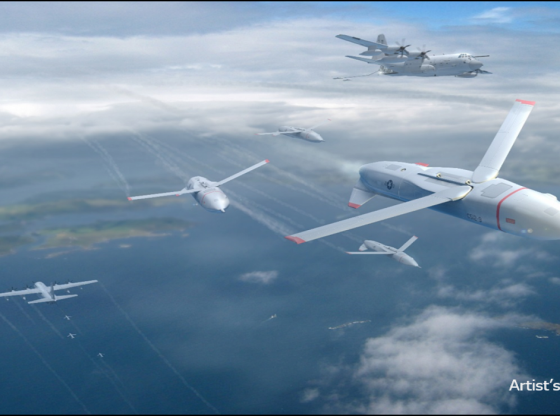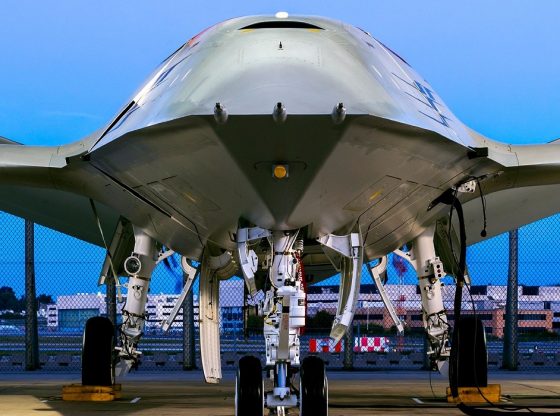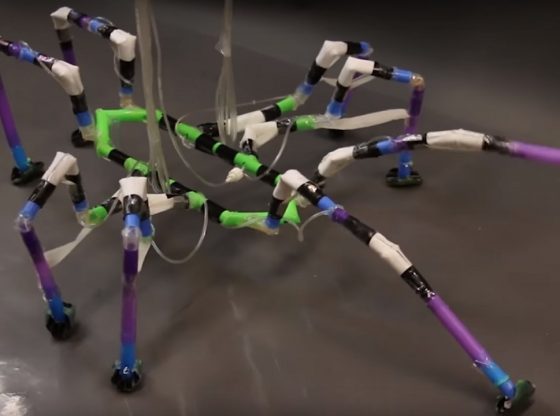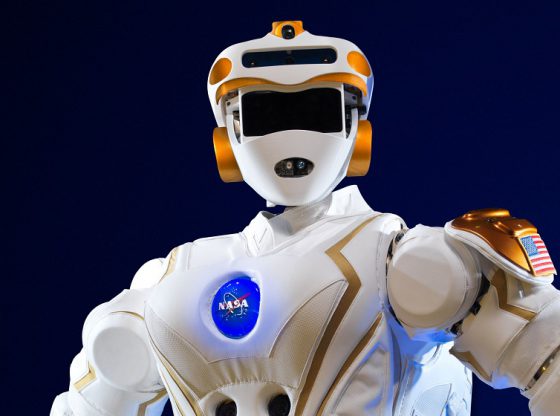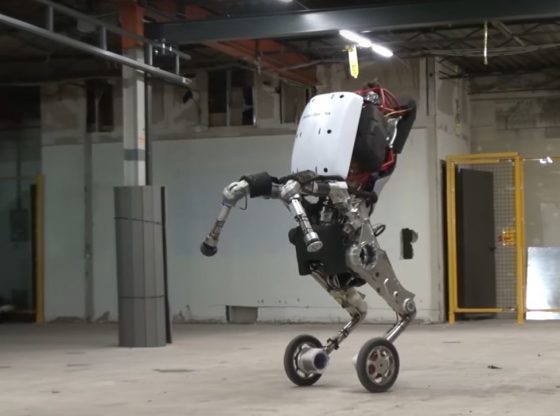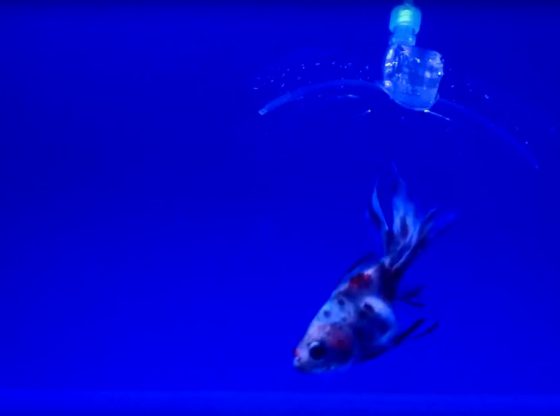The future military will mix human soldiers with robots. The U.S. Army is investing heavily in robotics, recruiting resources in Universities across the U.S.
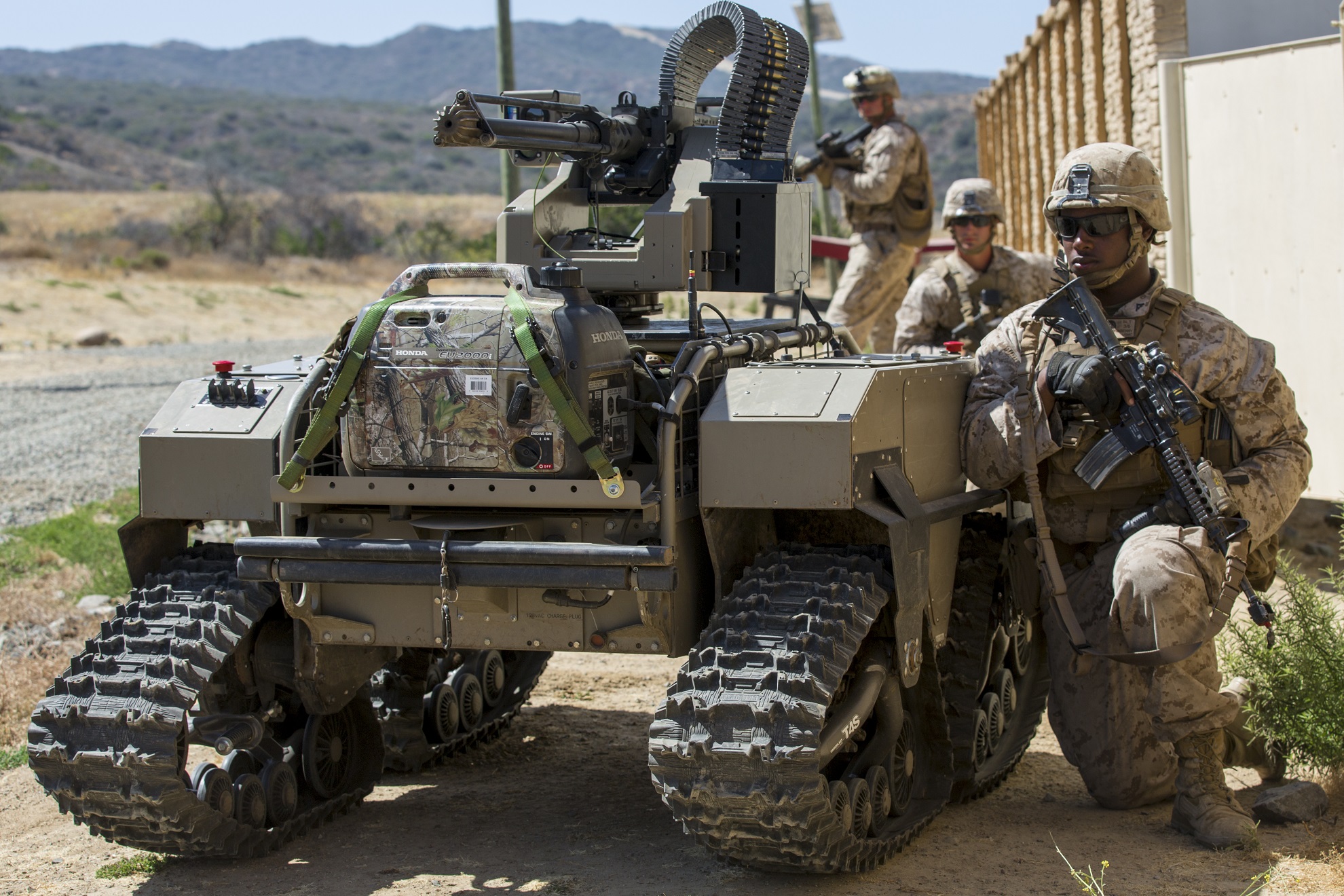
Most armies are looking at drones and autonomous systems, but the United States is lifting their eyes higher. Pentagon envisions a future where soldiers are accompanied by robots – on the ground and in the air.
The next big step is for humans and robots to perform missions in mixed teams on the ground. Robots able to do things like setting up observation posts, conducting reconnaissance, clearing roads, surveillance, and logistics.
Although some robotics are already in use by the U.S. military, notably the so-called Multi-Tactical Transport Robot (MUTT), with tests underway this year. Designed by General Dynamics, the MUTTs are smart, ATV-sized robots mounted with machine guns that can charge up a beach autonomously and help to dismount small units.
Future military robots must be able to know their surroundings and know what to do without being told. This requires far more advanced systems than what is currently available, however. These robots require far superior situational awareness than anything available in the rapidly developing technological progress of self-driving vehicles for example.
In the “Distributed and Collective Intelligence Systems and Technology” (DCIST) project, the U.S. military has started collaborating with a number of American universities. The United States Army Research Laboratory has awarded the University of Pennsylvania School of Engineering and Applied Science a five-year, $27 million grant.
Another research program called Micro Autonomous Systems and Technology, or MAST, came to its conclusion earlier this year during a capstone event of presentations and demonstrations of both ground and air micro-robots Aug. 22-24.
Penn Engineering will lead this alliance in collaboration with the Army Research Laboratory, Massachusetts Institute of Technology’s Aeronautics and Astronautics Department, and Georgia Institute of Technology. The consortium also includes faculty from University of California San Diego, University of California Berkeley, Duke University and the University of Southern California.
The consortium of universities will develop new methods of creating autonomous, intelligent, and resilient teams of robots over a five year period. These will consist of a variety of robots and sensors that can handle a wide range of tasks. Among other things, the search and exemption of hostages, as well as information gathering in the event of a terrorist act or in the aftermath of natural disasters.
An important point is that the robots should not be sensitive to communication interference during operations in the field. Therefore, DCIST aims for self-learning capacity for versatility in unpredictable scenarios and enable quick adaption to new conditions. The machines should have the ability to perform previously unknown tasks together with its human team members.
“We want to have teams of robots that know how to work together, but can figure out how to keep working even if some of their teammates crash or fail, if a GPS signal is unavailable, or if cloud services are disrupted,”
“This means designing networks with loose, flexible connections that can change on the fly. That way, a single event can’t bring down the entire network. More importantly, we want them to learn to perform tasks they may have never performed and work alongside humans that they may never have worked with.”
– Vijay Kumar, Engineering’s Nemirovsky Family Dean and director for the DCIST program.
The US military wants a team of robots that understand how to cooperate and to figure out how to keep working even if one of their teammates were to malfunction. The DCIST program aims to develop multiple types of assets that collectively assess complex, continuously changing scenarios to determine how best to assign their individual skills to the broadly defined problem, such human-robot teams of the future would be ideal first-responders to dangerous situations.
Reference:
Distributed and Collaborative Intelligent Systems and Technology (DCIST)

